How to Choose LiPo Battery for Drone?
In the world of drones, the right battery can make all the difference. Lithium Polymer (LiPo) batteries have become the go-to choice for drone enthusiasts and professionals alike, thanks to their high energy density, lightweight construction, and ability to deliver high discharge rates. If you're new to the drone scene or looking to upgrade your current setup, here's everything you need to know about LiPo batteries for drone.
What Is a LiPo Battery for Drone?
Most drones use LiPo batteries due to their high energy density, lightweight, and ability to discharge high currents, which is essential for the high power demands of drone motors. LiPo batteries have become the standard choice for powering drones of all sizes and types, from small racing drones to professional-grade aerial platforms. Lithium polymer batteries can be made in various shapes and sizes, making them suitable for different drone designs. They also have a relatively low self-discharge rate, meaning they can hold their charge when not in use for longer periods compared to other types of batteries.
Another reason for their popularity is their ability to be recharged quickly, which is important for drones that need to be back in the air as soon as possible. Additionally, LiPo batteries can provide the high burst of power needed for maneuvers like flips and rolls, making them ideal for drones used in racing or freestyle flying. Overall, lithium polymer batteries strike a good balance between energy density, power output, and weight, making them the most efficient battery for drones.
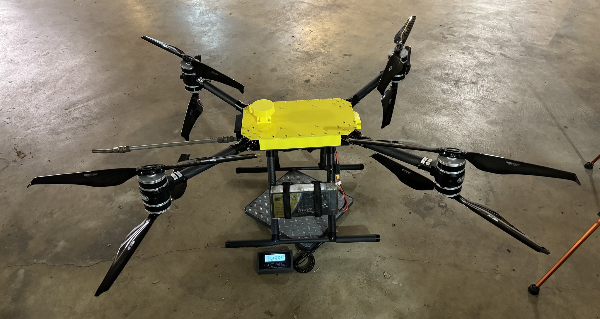
What Voltage Is a LiPo Battery for Drone?
LiPo batteries for drones typically come in various voltages, commonly referred to by their cell count. Each cell provides around 3.7 volts when fully charged. Therefore, a 1S (1-cell) LiPo battery is around 3.7 volts, a 2S (2-cell) is around 7.4 volts, a 3S (3-cell) is around 11.1 volts, and so on. LiPo batteries for drones come in various voltages, typically ranging from 3.7V (1S) to 22.2V (6S) or higher. The specific voltage you need depends on your drone's power requirements, with larger drones generally requiring higher voltages for adequate power. The voltage directly impacts the speed and power output of the drone, with higher cell counts providing more power but also requiring more robust components to handle the increased voltage.
What Capacity Is a LiPo Battery for a Drone?
The capacity of a LiPo battery for a drone can vary widely depending on the size and intended use of the drone. For smaller drones used for racing or freestyle flying, the capacity is typically between 450mAh to 1300mAh. Larger drones, especially those used for aerial photography or industrial applications, can have capacities ranging from 1500mAh to 30000mAh or more. The capacity of the battery is measured in milliamp-hours (mAh), which indicates how much current the battery can supply over time. Higher capacities generally provide longer flight times, but they also tend to be heavier, which can affect the drone's performance.
How Do I Choose a LiPo Battery for Drone?
Choosing the right battery for your drone is crucial for achieving the best flight time and load capacity. Here are the key factors to consider:
Capacity (mAh): This determines how much energy the battery can store and is directly related to flight time. The higher the capacity, the longer the flight time. The formula to calculate flight time based on capacity and current draw is:

Voltage (V): Voltage determines the power output of the battery. Make sure the battery voltage matches your drone's requirements.
Discharge Rate (C): This indicates how quickly the battery can discharge its energy. It's important for drones with high-performance requirements. The formula for calculating maximum current draw based on C rating is:

To choose a battery for a plant protection drone carrying a 20kg load, we need to consider the drone's power consumption, the desired flight time, and the battery's characteristics.
Estimate Power Consumption: First, estimate the drone's power consumption. This can vary widely depending on the drone's design, size, and propulsion system. For example, let's assume a power consumption of 500W for the drone.
Calculate Required Energy: The energy required for the drone to operate for a given flight time (in hours) is:

Choose Battery Capacity: Select a battery with a capacity (in Wh) that meets or exceeds the calculated energy requirement. For example, if you choose a 22.2V battery (typical for drones) and want to ensure a safe discharge rate, you might choose a 12000mAh (12Ah) battery.
Calculate the battery capacity in Wh:

Consider Discharge Rate: Choose a battery with an adequate discharge rate (C rating) to handle the peak power demands of the drone. Higher C ratings allow for higher peak currents. For a 500W drone, a 25C to 50C discharge rate would be suitable.
Weight Consideration: Ensure the weight of the battery is within the drone's payload capacity, considering the 20kg load.
Is LiPo or Li-Ion Better for Drones?
Lithium polymer batteries are generally preferred for drones due to their higher energy density and ability to provide higher discharge rates, making them better suited for the high-power demands of drone flight. Li-Ion batteries, while offering higher energy capacity, are less suitable for drones due to their lower discharge rates.
Do You Need a LiPo Bag for Drone Batteries?
It's highly recommended to use a LiPo bag when charging, storing, or transporting LiPo batteries for drones. LiPo bags are designed to contain and mitigate the effects of a battery fire, which can occur if the battery is damaged or improperly handled.
Conclusion
In conclusion, LiPo batteries are the preferred choice for powering drones due to their high energy density, lightweight construction, and ability to provide high discharge rates. When choosing a LiPo battery for your drone, consider factors such as voltage, capacity, size, weight, and discharge rate to ensure optimal performance and compatibility with your drone. Additionally, always use a LiPo bag when charging, storing, or transporting lithium polymer batteries to minimize the risk of fire. As a global leader in lipo drone battery cell manufacturing, Grepow offers professional customizable lipo batteries for drone to meet the needs of various drones applications. If you have any questions or needs, please feel free to contact us at info@grepow.com.
Related Articles:
How to Choose Batteries for a Professional Drone?
Grepow High Energy Density Battery Solutions for Commercial Drone
What Is a Fixed Wing VTOL Drone?
Understanding Drone Payload: A Comprehensive Guide
Related Articles
-
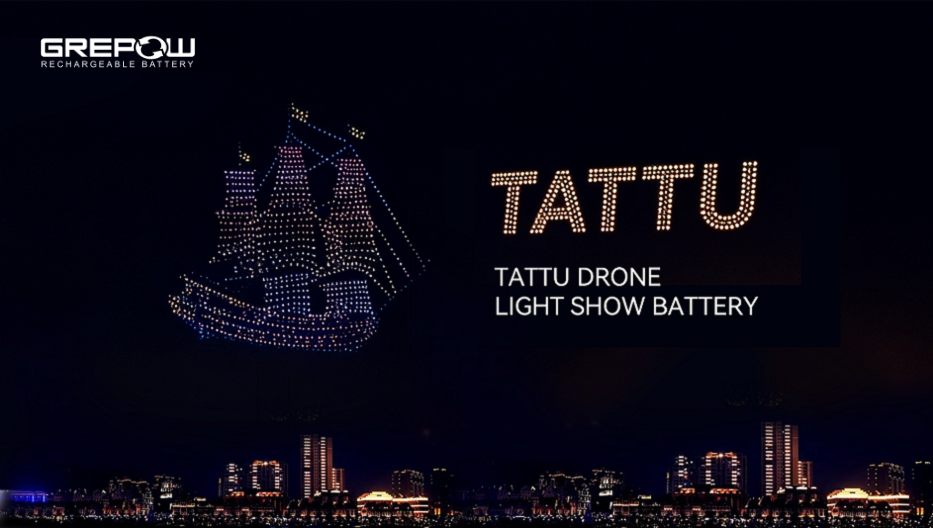
Powering Aerial Artistry: Grepow Battery Solutions Behind Drone Light Shows
2025-10-27 -
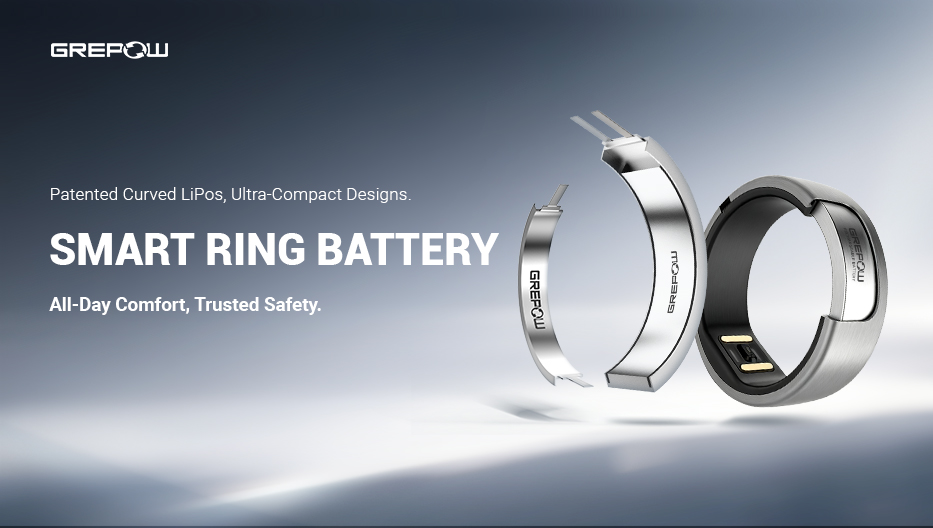
Powering the Future of Wearables: How Grepow's Patented Curved Battery is Revolutionizing the Smart Ring
2025-10-16 -
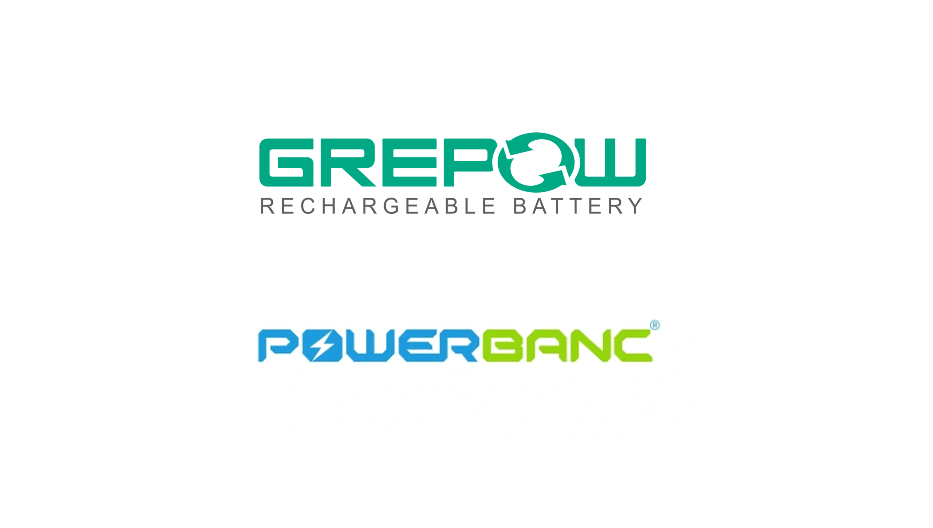
Grepow Battery Announces Manufacturing Agreement with Powerbanc Group
2025-09-30
Related products
-
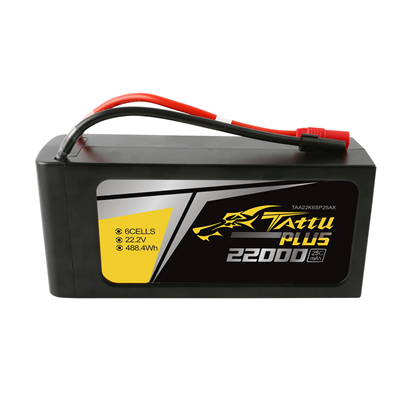
Tattu Plus 6S 22000mAh 22.2V 25C Lipo Smart Drone Battery
-
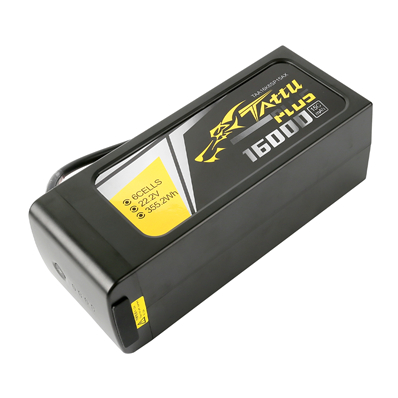
Tattu Plus 6S 16000mAh 22.2V 15C Lipo Smart Drone Battery
-
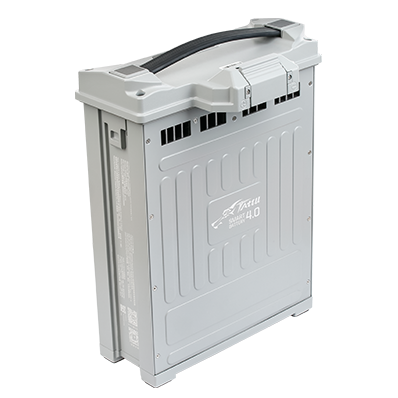
Tattu 4.0 14S 30Ah HV 35C 53.2V Lipo Smart Drone Battery
-
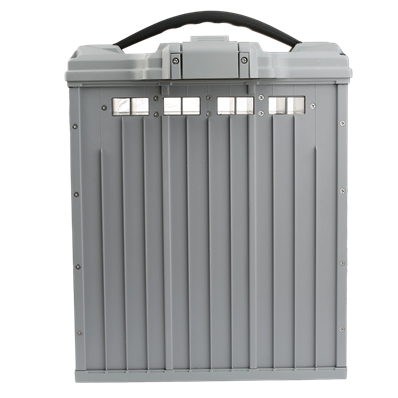
Tattu 4.0 18S Lipo 30Ah 68.4V Smart UAV Drone Battery
















































